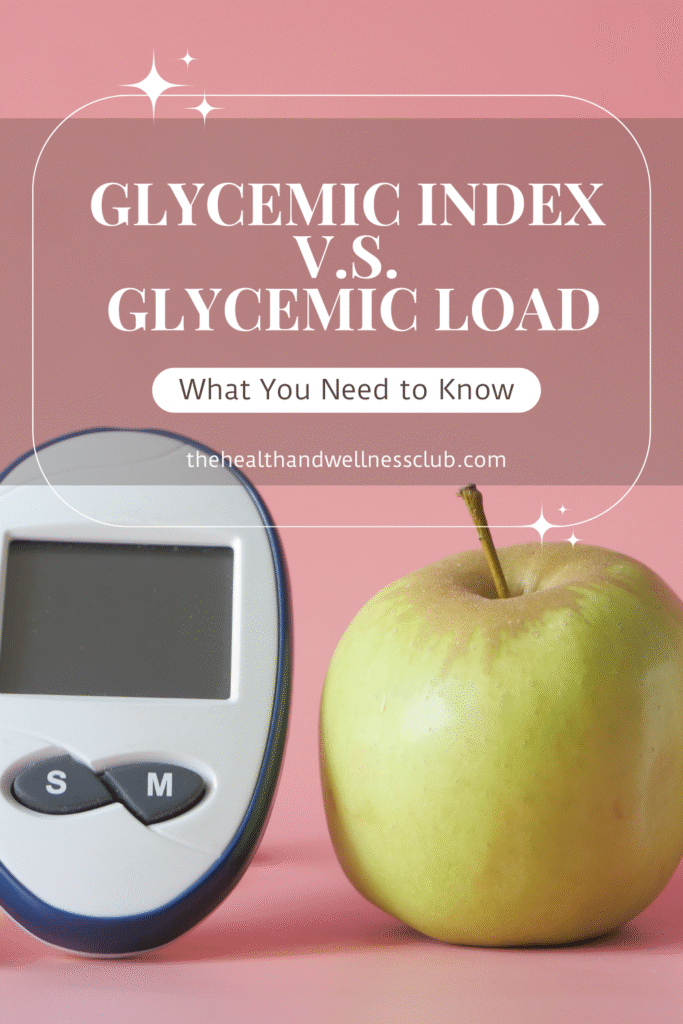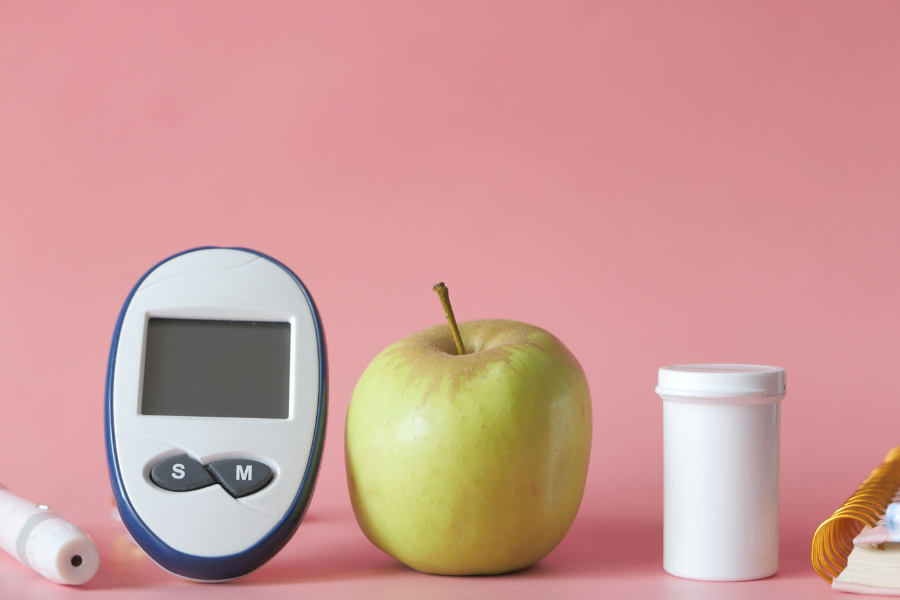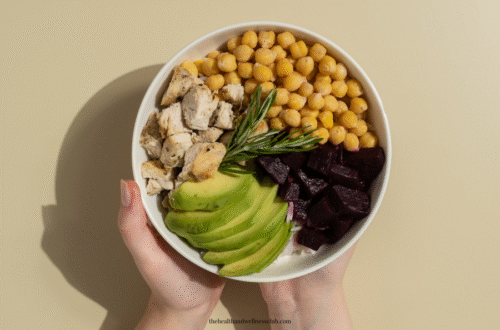Understanding the concepts of glycemic index (GI) and glycemic load (GL) can be beneficial for managing diet and maintaining health. These measures provide insights into how different foods affect blood sugar levels, which is important for improving nutrition, managing diabetes, or maintaining a healthy lifestyle.
In this blog post, we’ll explore the differences between glycemic index and glycemic load, their impact on your health, and how you can use this knowledge to make better dietary choices.
Understanding Glycemic Index
The glycemic index is a ranking system that measures how quickly a carbohydrate-containing food raises blood glucose levels. Foods are scored on a scale from 0 to 100, with higher values indicating a faster and higher spike in blood sugar levels. For example, pure glucose has a GI of 100, while foods like whole grains and legumes with more fibers typically have lower GI values. In general, food with more fiber will have a lower GI, food that are more processed, will have a higher GI, e.g. white bread, white rice, etc. Foods that have no carbohydrates have no GI value, this includes meat, fish, nuts, seeds, poultry, herbs and oils.
The concept of glycemic index was first introduced by Dr. David Jenkins and his colleagues at the University of Toronto in the early 1980s. Their research aimed to understand how different foods affected blood sugar levels, particularly for individuals with diabetes. Since then, numerous studies have supported the importance of considering GI in dietary planning.
Understanding Glycemic Load
While the glycemic index provides valuable information, it doesn’t account for the quantity of carbohydrates consumed. This is where glycemic load comes into play. Glycemic load takes into consideration both the quality (GI) and quantity (GL) of carbohydrates in a serving of food. It is calculated by multiplying the GI of a food by the amount of carbohydrates in a serving and then dividing by 100.
For example, carrots have a high GI of around 71, but their GL is relatively low because they contain a small amount of carbohydrates per serving. This makes glycemic load a more comprehensive measure of a food’s impact on blood sugar levels.

The Impact on Health
Understanding the glycemic index and glycemic load of foods can have significant implications for your health. Diets with high GI and GL have been associated with an increased risk of type 2 diabetes, cardiovascular disease, and obesity. Conversely, low-GI and low-GL diets have been shown to improve blood sugar control, reduce insulin resistance, and promote weight loss.
A systematic review and meta-analysis published in the journal Diabetes Care found that diets with high glycemic index and glycemic load were associated with higher blood glucose and insulin concentrations, glucose intolerance, and an increased risk of type 2 diabetes. Another study published by the Linus Pauling Institute highlighted that low-GI/GL diets were as effective as conventional low-fat diets in reducing body weight and improving metabolic markers associated with the risk of type 2 diabetes and cardiovascular disease. There are more natural ways to reduce your blood glucose levels, you may refer to this blog post for more tips.
Practical Tips for Better Nutrition
Now that we understand the importance of GI and GL, let’s discuss some practical tips for incorporating this knowledge into your daily diet:
- Choose Low-GI & Low-GL Foods: Opt for food with no GI value, i.e. this includes meat, fish, nuts, seeds, poultry, herbs and oils. Food with low GI value, including whole grains, legumes, fruits, and vegetables. These foods are digested more slowly, leading to a gradual rise in blood sugar levels.
- Monitor Portion Sizes: Even low-GI foods can cause a significant spike in blood sugar if consumed in large quantities. Be mindful of portion sizes to manage your glycemic load effectively. A study published in the Journal of Clinical Biochemistry and Nutrition highlighted the importance of portion control in managing blood sugar levels. The study concluded that eating vegetables before carbohydrates could effectively reduce postprandial glucose and insulin levels.
- Combine Foods Wisely: Pairing high-GI foods with low-GI foods can help balance your overall glycemic load. For example, adding a source of fiber, protein or healthy fat to a meal can slow down the absorption of carbohydrates. Research published in the Journal of Nutritional Biochemistry supports the idea that combining foods wisely can improve glycemic control. The study found that consuming a balanced meal with a mix of macronutrients can lead to better overall glycemic control.
- Plan Balanced Meals: Aim for meals that include a mix of carbohydrates, fiber, proteins, and fats. This balanced approach can help maintain stable blood sugar levels throughout the day.
Examples of Glycemic Index and Glycemic Load Foods
To help you get started, here are some examples of foods with their GI and GL values:
| Food | Glycemic Index (GI) | Glycemic Load (GL) |
| White Bread | 75 | 15 |
| Brown Rice | 50 | 16 |
| Apple | 40 | 6 |
| Lentils | 32 | 5 |
| Carrots | 71 | 6 |
| Chickpeas | 28 | 3 |
It’s important to note that foods are categorized based on their GI values: Low GI (55 or lower), Medium GI (56-69), and High GI (70 or higher). This categorization can help you make more informed choices about the foods you consume.
Conclusion
Understanding the glycemic index and glycemic load of foods is a powerful tool for anyone looking to improve their nutrition and overall health. By making informed choices about the foods you eat, you can better manage your blood sugar levels, reduce the risk of chronic diseases, and achieve a healthier lifestyle. You can read more on how to reduce your glucose naturally, you may check out this blog post for more tips. Remember, it’s not just about the type of carbohydrates you consume, but also the quantity and how they are combined with other nutrients. Start incorporating these principles into your daily routine and experience the benefits for yourself.






One Comment
Kristin Rhoads
Thank you for this information; it was truly the missing piece for me haha! Thanks so much